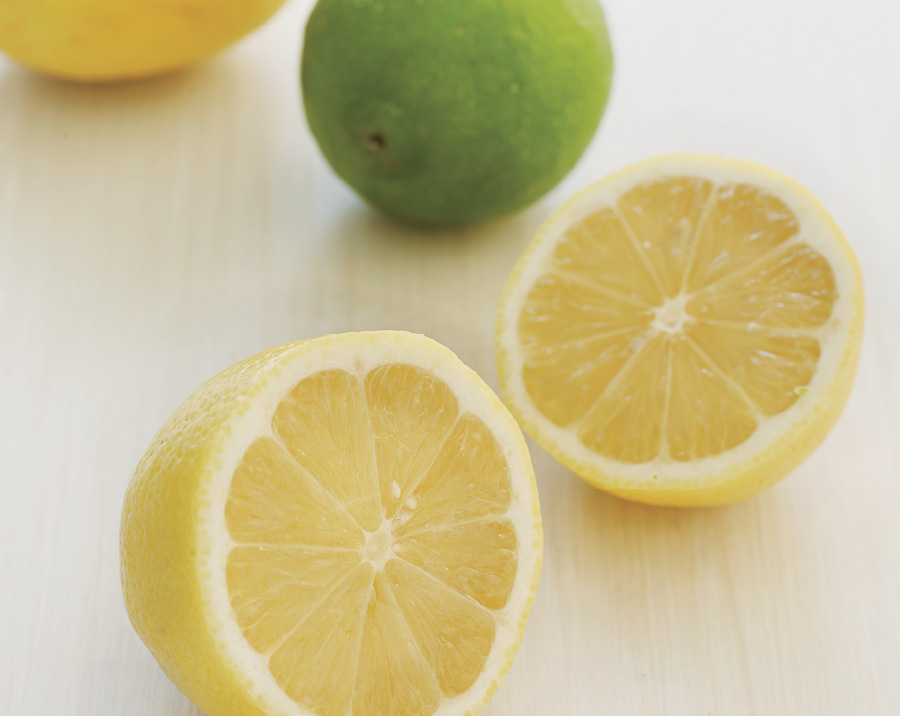Seafood
While the Whole30 wasn’t designed specifically for vegetarians, we do have a loyal following who prefer leaving red meat and poultry off their plate. The good news is that seafood, especially the wild-caught varieties, is packed with nutrition (including anti-inflammatory omega-3 fats found in cold-water fatty fish like salmon) and protein. We’ve had many a pescetarian complete the Whole30 using only a variety of seafood and eggs as their protein source, with great success. (See our Whole30 recommendations for vegetarians and vegans.)
Fish and shellfish are sometimes intimidating for new cooks. You wonder how you’ll know if the fish is fresh, whether frozen fish really tastes as good, and how to cook it.
The good news is that fish is actually easy and fast to cook (the recipes we give you here generally require less than 20 minutes of active cooking time), and it’s really easy to swap out one kind of fish for another in these recipes. Plus, frozen fish and shellfish are a cost-effective way to source healthy protein. And don’t overlook the little guys! While we haven’t included any specific recipes here, small fish like sardines, herring, mackerel, and anchovies are loaded with healthy fats and are low in toxins.
You can categorize fish into three simple categories, based on texture: firm, moderate, and flaky. Use these classifications to help you find the best substitutions if the fish we call for isn’t available (or is too expensive).
- Firm: catfish, grouper, halibut, sea bass, snapper, mahi-mahi, salmon, swordfish, tuna
- Moderate: rockfish, shrimp, tilapia, walleye, orange roughy, ocean perch, trout, mackerel
- Flaky: cod, flounder, haddock, pollock, scallops, lingcod, whitefish
When buying fresh fish, the best rule of thumb is actually a rule of nose. Smell your fresh fish—it should remind you of seawater, or cucumber. (Strange, but true.) If it gives off a strong odor, that means it’s past its prime, so pass on it. The flesh should look shiny and clean, with no dull or discolored patches. If you’re allowed, press the flesh with your finger. It should spring back quickly—if the dent remains, you know the fish isn’t super fresh. Make sure you either cook or freeze fresh fish within two days of purchase.
High quality frozen fish will have basically no odor at all, but if there are ice crystals on the fish itself, that means it’s lost some moisture, and likely won’t taste as good. Never thaw frozen fish on the counter—either thaw it overnight in the refrigerator (plan on about 24 hours for one pound), or thaw it faster by placing it in a bowl under running cold water. And once it’s thawed, cook it right away—don’t delay more than a day, and don’t ever re-freeze.
Scallops are sold either fresh and shucked, or frozen and vacuum-sealed. Both are delicious, fast-cooking options. You can also buy shrimp fresh, frozen, or pre-cooked; the latter are a great option to add to a salad or leftover veggies for a quick and easy lunch or dinner.
Don’t try to defrost scallops or shrimp under running water, however—they’re pretty sensitive, and the water can ruin the texture. Use your refrigerator or thaw them under cold water while they’re still inside the bag, and pat them dry before cooking.
You’ll want to check your fish often during cooking. That’s because unlike beef, seafood becomes tougher the longer you cook it. Plan to stick close to your oven or pan during these recipes, to make sure your shrimp don’t have the consistency of a bicycle tire. But if you’re in the kitchen checking on your fish anyway, why not whip up a batch of Basic Mayo? In fact, your Whole30 rule of thumb should be this: If I’m in the kitchen waiting for something to cook, I’m thinking ahead and doing some food prep.
No need to thank us for this tip—you’ll thank yourself later.
